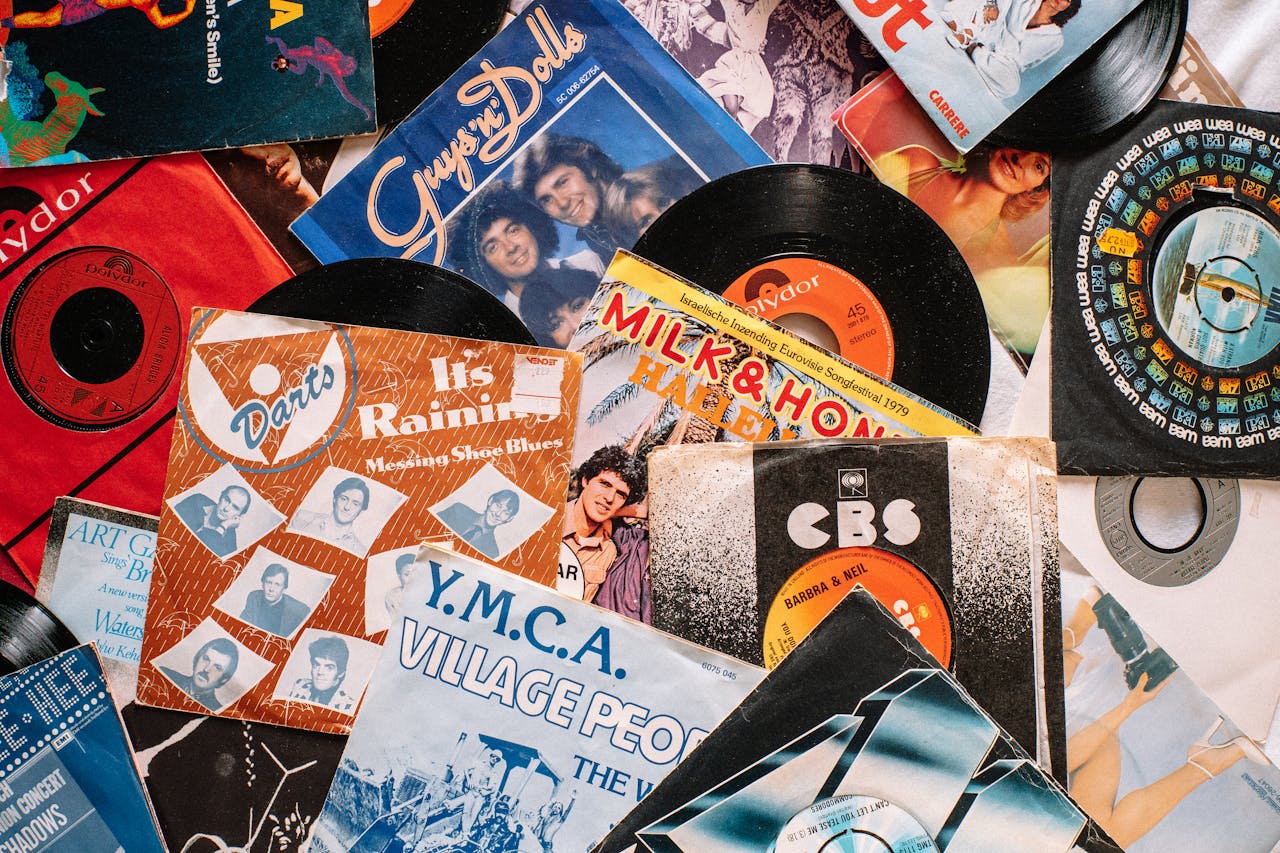Song Analysis: Deconstructing Lyrics, Melodies, and Arrangements
Songs are more than just catchy tunes; they're complex compositions that combine lyrics, melodies, and arrangements to evoke emotions, tell stories, and resonate with listeners. Deconstructing songs can provide valuable insights into the creative process and the elements that make a song memorable and impactful. Let's explore how to analyze songs by deconstructing their lyrics, melodies, and arrangements:


Lyrics
- Theme and Message: Start by identifying the central theme or message of the song. What is the songwriter trying to convey? Analyze the lyrics to uncover the underlying emotions, stories, or ideas expressed in the song.
- Imagery and Metaphor: Look for vivid imagery, metaphors, and symbolism used in the lyrics to create visual and emotional impact. Pay attention to the language and word choices that evoke specific emotions or paint vivid pictures in the listener's mind.
- Narrative Structure: Analyze the narrative structure of the lyrics, including the use of storytelling techniques such as exposition, rising action, climax, and resolution. Consider how the lyrics unfold over the course of the song and whether there is a clear narrative arc or progression.
- Rhyme Scheme and Meter: Examine the rhyme scheme, meter, and rhythm of the lyrics to understand how they contribute to the overall flow and musicality of the song. Notice patterns in rhyme and rhythm, as well as variations that add interest and complexity.
Melodies
- Melodic Contour: Analyze the melodic contour or shape of the song's melody. Is it ascending, descending, or a combination of both? Consider how the melody rises and falls to create tension, release, and emotional impact.
- Intervallic Structure: Examine the intervallic structure of the melody, including the intervals between successive notes. Notice any recurring patterns or motifs that give the melody its unique character and identity.
- Harmony and Chord Progressions: Explore the harmony and chord progressions underlying the melody. Identify the chords and harmonic relationships that support the melody and contribute to the song's overall mood and atmosphere.
- Hooks and Catchiness: Pay attention to melodic hooks, catchy phrases, or memorable motifs that stand out and capture the listener's attention. Analyze how these hooks are repeated and developed throughout the song to create cohesion and reinforce the song's main themes.
Arrangements
- Instrumentation and Texture: Analyze the instrumentation and texture of the song's arrangement. Consider the choice of instruments, their timbres and tonal qualities, and how they are layered and orchestrated to create depth and richness in the sound.
- Dynamics and Production Techniques: Examine the use of dynamics and production techniques such as volume, panning, and effects processing to shape the overall sound and mood of the song. Notice how changes in dynamics and production enhance the emotional impact of the music.
- Arrangement Form and Structure: Analyze the form and structure of the song's arrangement, including the intro, verse, chorus, bridge, and outro sections. Consider how these sections are organized and sequenced to create a cohesive musical narrative.
- Arrangement Details and Ornaments: Pay attention to subtle arrangement details and ornaments, such as fills, embellishments, and transitions, that add interest and variation to the music. Notice how these details enhance the song's overall texture and flow.


By deconstructing songs and analyzing their lyrics, melodies, and arrangements, we can gain a deeper appreciation for the artistry and craftsmanship behind the music. Whether you're a songwriter, musician, or avid music lover, song analysis offers valuable insights into the creative process and the elements that make a song memorable and meaningful.












